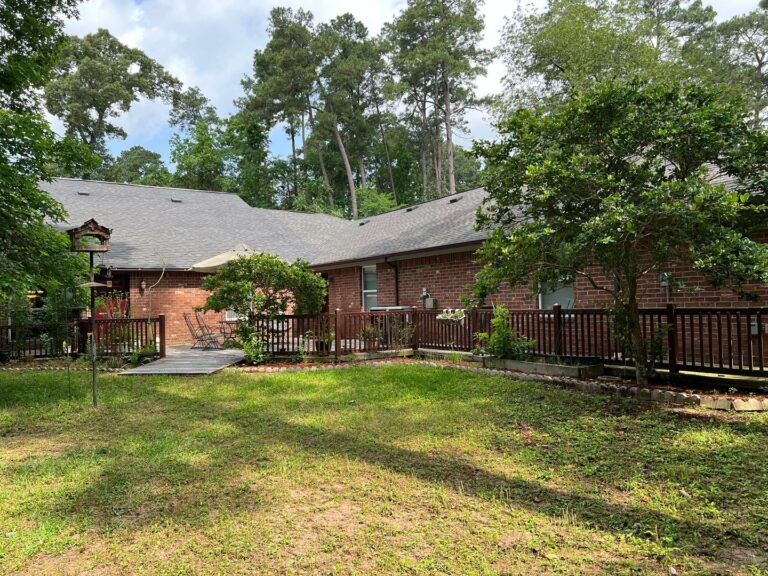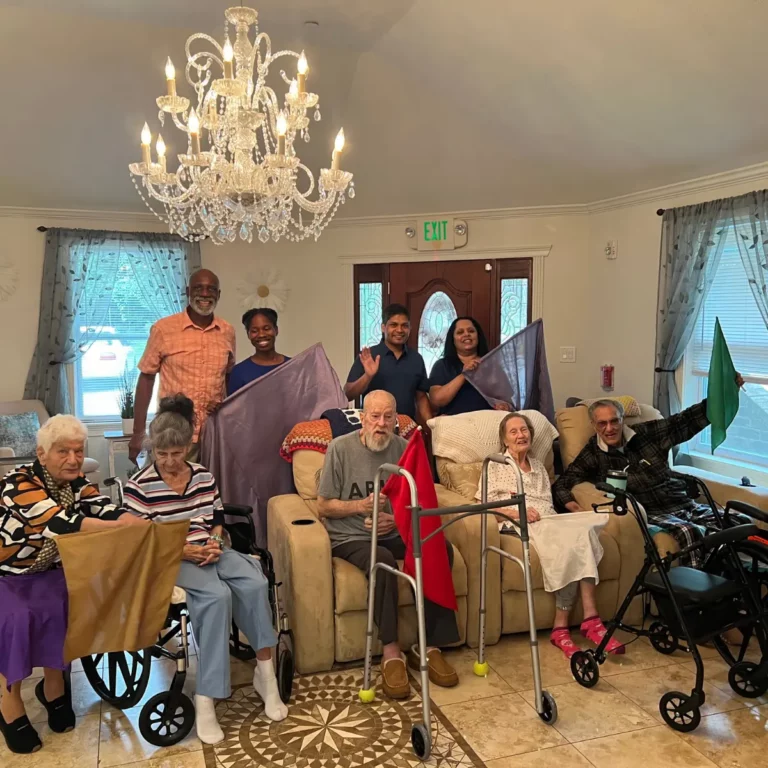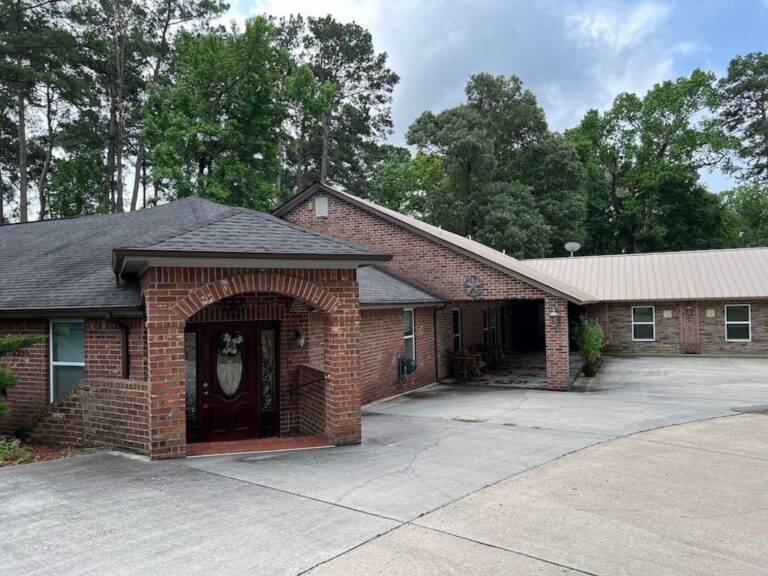
Choosing the Right Elderly Care Facility for Your Loved One
Navigating the complexities of elderly care facility? This guide offers insights into different types, key considerations, costs, resources, and support.

Navigating the complexities of elderly care facility? This guide offers insights into different types, key considerations, costs, resources, and support.

What is assisted living and is it right for you or a loved one? Our guide explores the benefits, costs, qualifications and more!

Learn about temporary senior care options like respite, adult day care, short-term stays. We cover benefits, choosing the right type & financing senior care.

Searching “elder care facilities near me”? Learn about your options, from assisted living to memory care. Discover how to choose the right fit based on your needs and budget in our comprehensive guide.

Learn how to choose from the many different types of assisted living facilities. Understand your options including independent & assisted living, nursing homes & memory care so you can make the best decisions.

Growing older? What is Residential assisted living has got your back! It’s a place where you can live life on your terms, with a little

Deciding when to move from independent to assisted living is a pivotal moment, marking a new chapter in life’s journey. This shift often comes at

What Is Respite Care? Imagine you’re juggling non-stop, and suddenly someone offers to take over so you can catch your breath. That’s respite care in

What to expect from a memory care facility? Stepping into a memory care facility can feel like navigating a new world tailored for minds that

What is memory care assisted living? Picture your loved one’s life touched by the haze of memory loss. That’s where a memory care assisted living